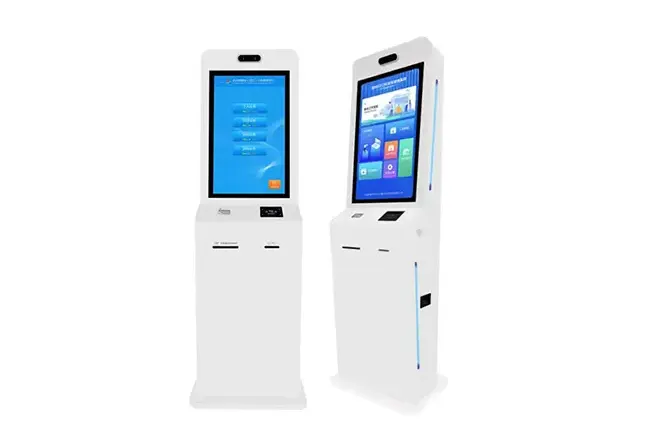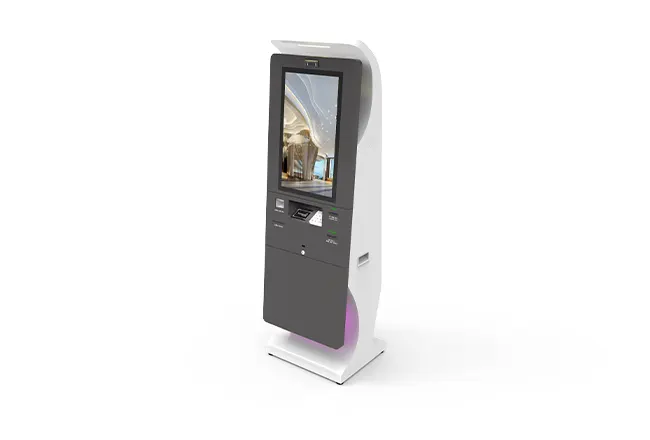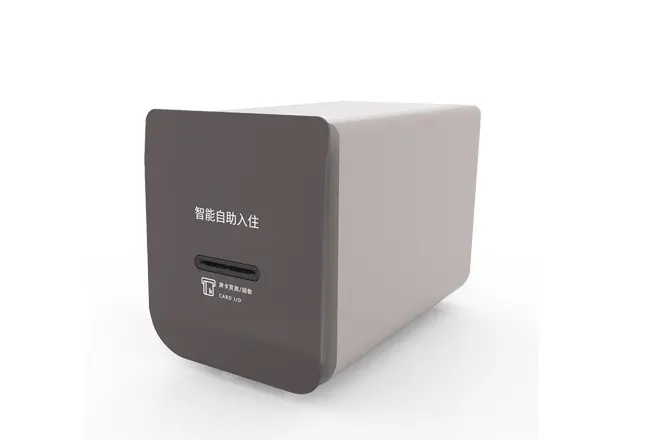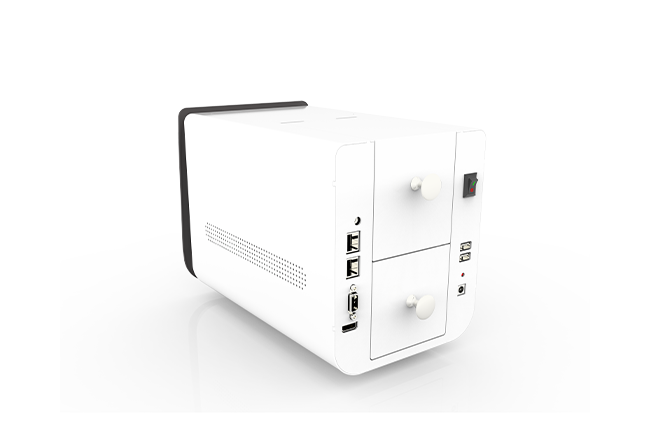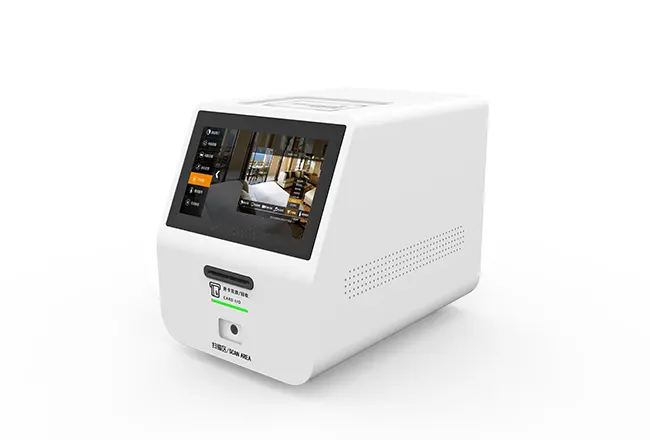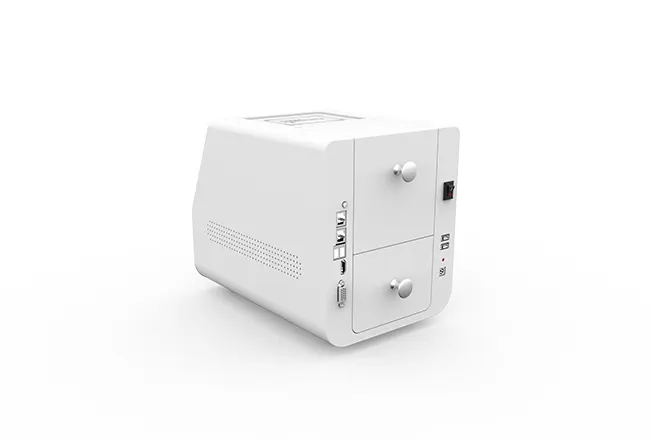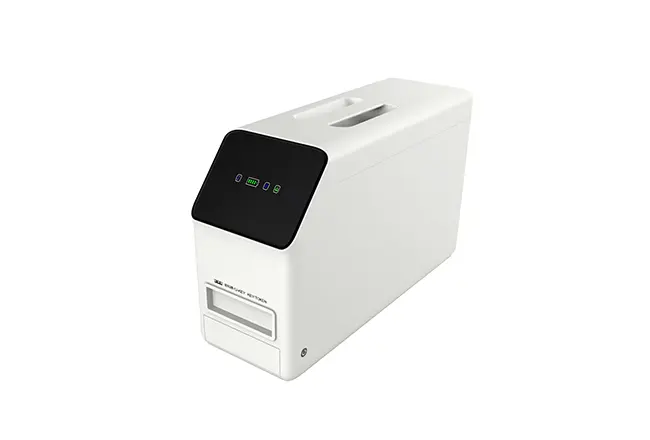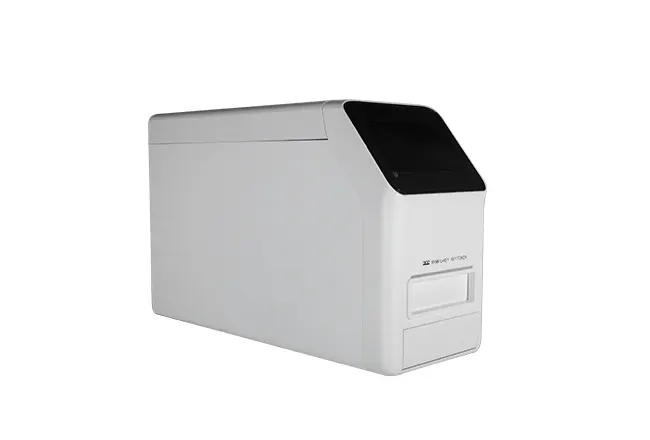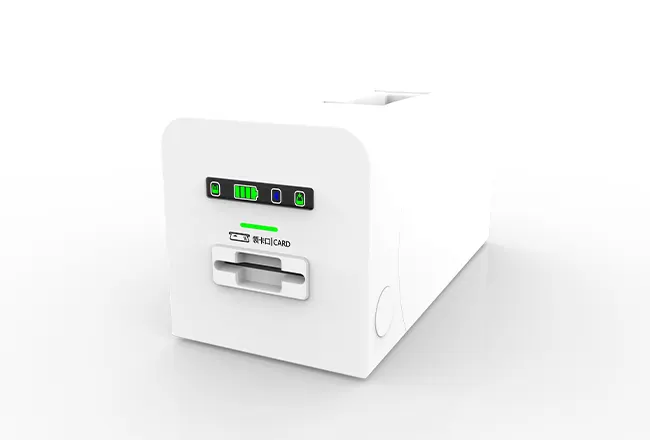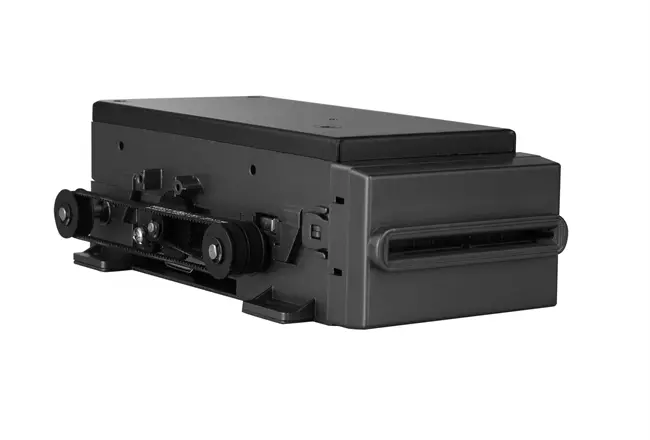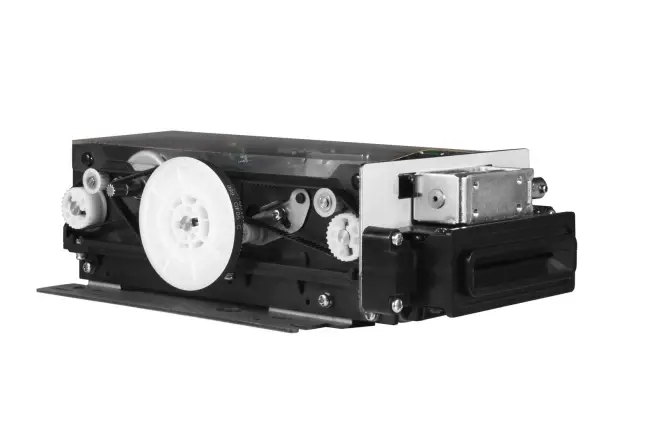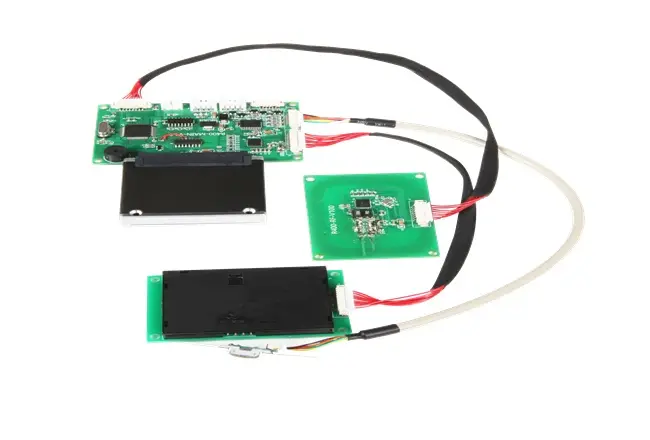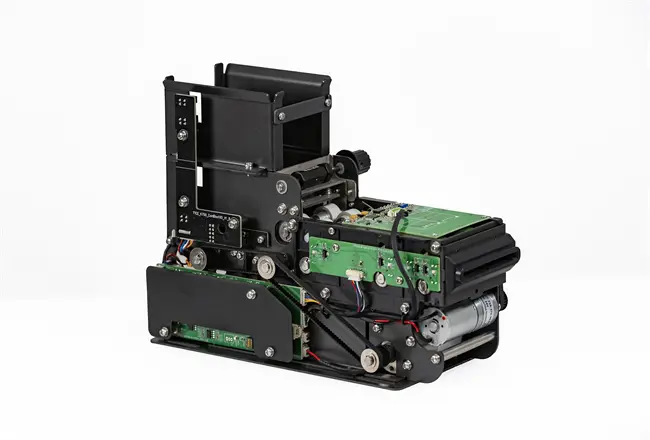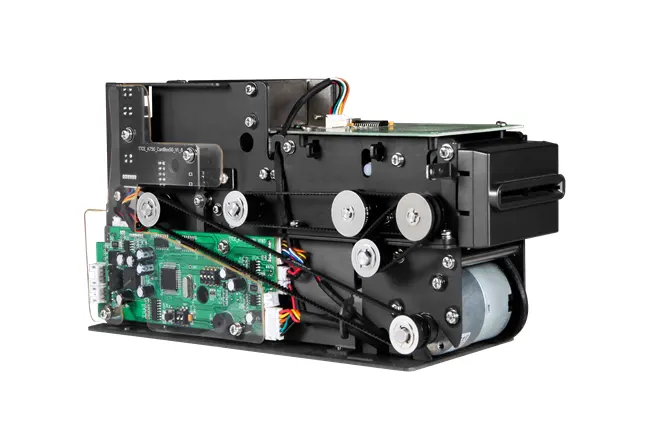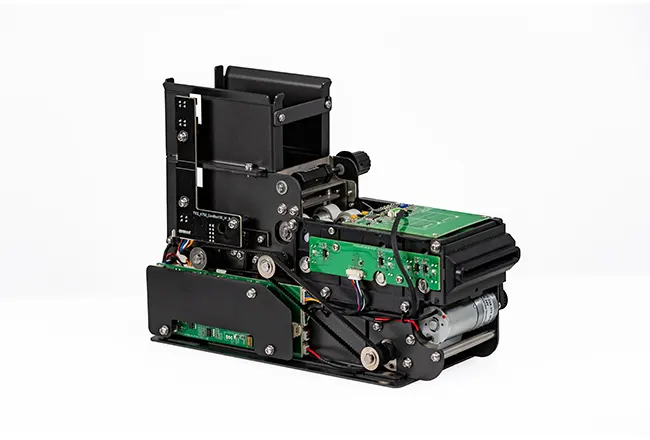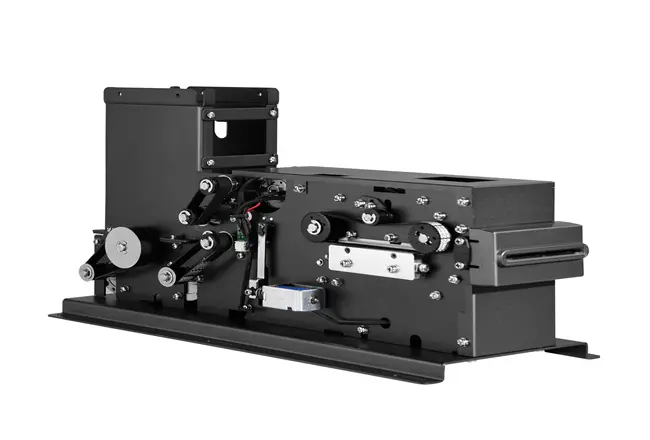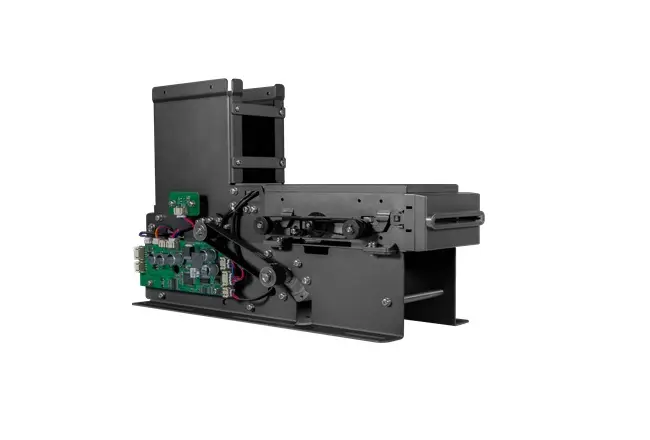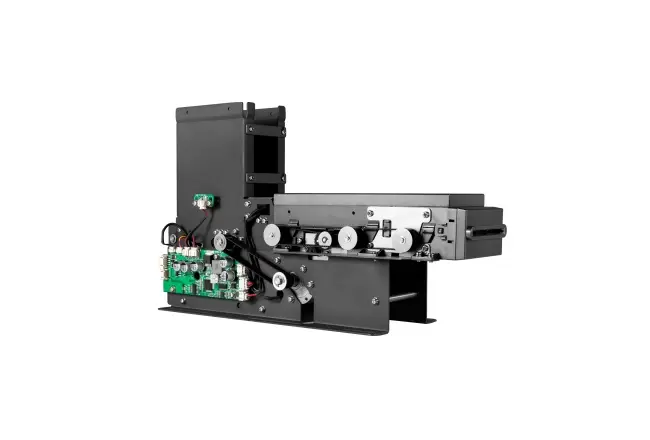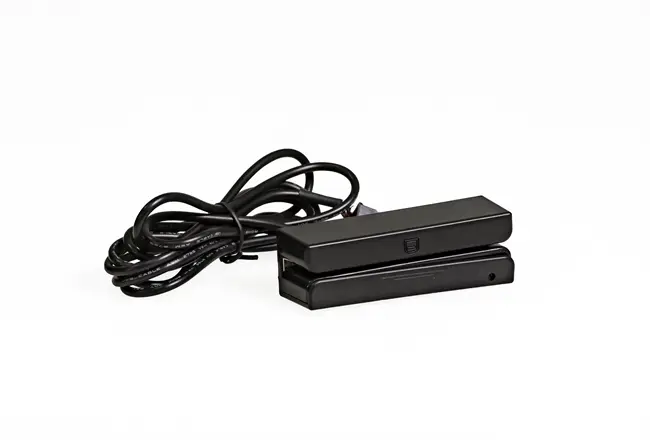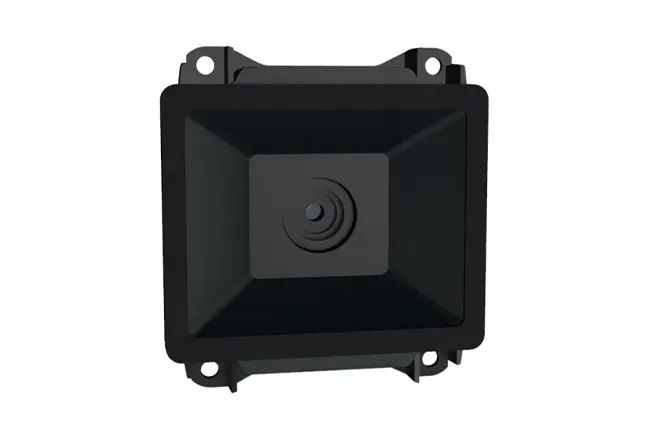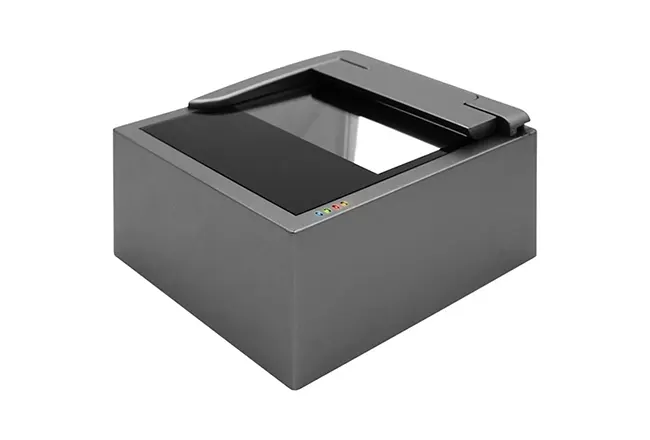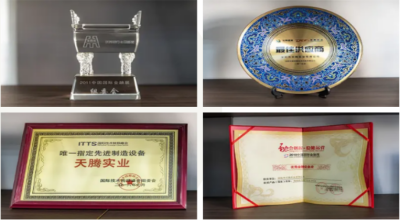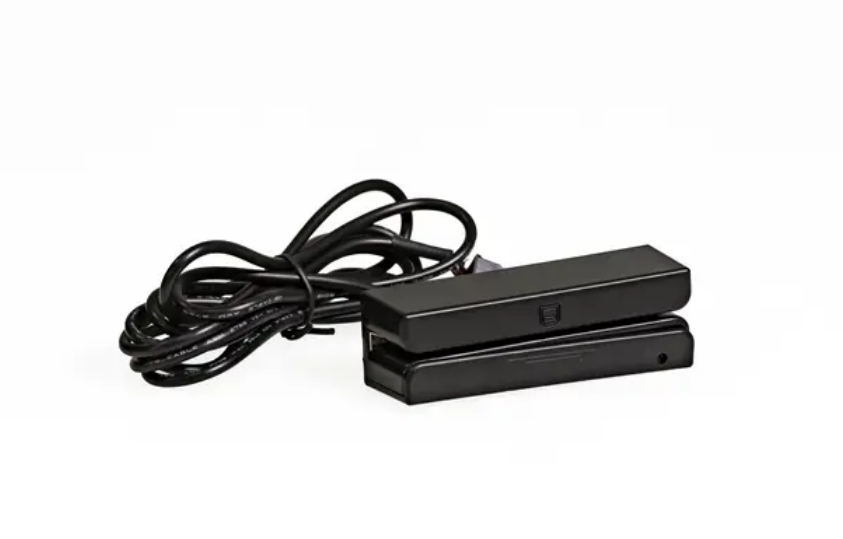Blog Related
How Magnetic Stripe Technology Continues to Support Modern Transactions
2025-05-28Even in 2025, the magnetic stripe swipe card reader continues to serve as a key part of daily transactions around the world. According to a 2024 report from PaymentTech Insights, over 30% of global payments still rely on magnetic stripe cards. In areas where digital infrastructure is limited or where small businesses lead the economy, these readers remain especially valuable. Their low cost, dependable performance, and ease of use make them the go-to solution for countless merchants. Customers do not need to learn anything new; they simply swipe and pay. This simplicity removes friction from the checkout line and keeps queues moving. Chip-and-PIN and contactless wallets bring stronger cryptography, yet they demand newer terminals, secure keys, and often higher maintenance costs.
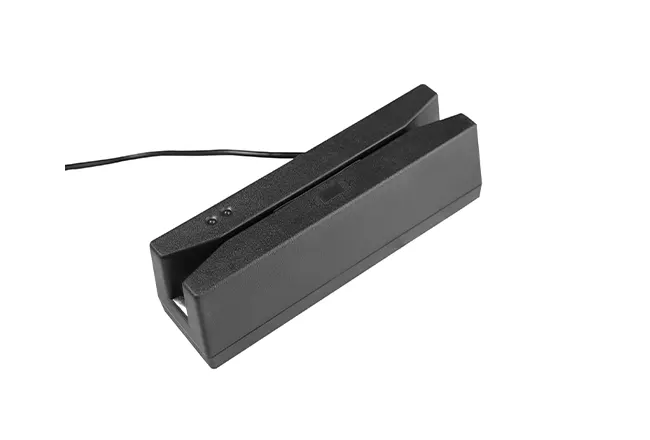
By contrast, a magnetic stripe swipe card reader can work for years with only occasional cleaning. For a street vendor in Manila or a family pharmacy in Nairobi, that reliability counts more than cutting-edge features. The longevity of the stripe is also tied to global interoperability. The ISO 7811 and ISO 7812 standards first defined track layouts in the 1980s, and those rules still guide card production today. Because every issuer and every terminal speaks the same "stripe language," a traveller can swipe a card in almost any country and expect a prompt approval. The network effect is hard to beat: the more places that accept a technology, the more valuable it becomes, even when newer options emerge.
Key reasons merchants still rely on swipe readers:
• Low upfront price and near-zero licensing fees
• Minimal training for staff and customers
• Proven compatibility with legacy POS software
• Robust performance even in dusty kiosks or humid climates
• Easy replacement if damaged
Inside the TTCE-RX280: A Compact Workhorse
Tianteng's TTCE-RX280 magnetic stripe swipe card reader shows why the format endures. The module weighs only a few dozen grams, yet it reads all three tracks, decodes data on the fly, and feeds clean output to the host system. Because it supports both keyboard-wedge and RS-232 interfaces, it can drop into an aging cash register or a sleek new kiosk without extra middleware. Installation is a one-step process: mount the reader, plug the cable, and power up. Swipes are smooth thanks to a low-friction throat that guides the card without scratching the stripe. Laboratory tests run by Tianteng indicate read accuracy above 99.9 percent after one hundred thousand cycles, a figure that rivals many chip readers. Such durability is critical at unattended stations where nobody is present to re-swipe if the first pass fails.
The RX280 thrives in a surprisingly wide range of scenarios. Retailers embed it in countertop POS units where space is tight; transport operators fit it in ticket machines that issue boarding cards day and night; hospitals place it at reception desks to capture patient IDs within seconds. Because the reader is backed by ISO compliance, it can handle credit cards, employee badges, membership cards, and even hotel key cards without firmware tweaks. Tianteng also offers cable length, bezel color, and data-format customization, letting integrators match corporate branding or security policies. These small touches reduce engineering effort and shorten time to market.
TTCE-RX280 Highlights
✅ Three-track reading for universal card support
✅ Internal decoding that eliminates host-side parsing
✅ Customizable cables, bezels, and data masks
✅ Certified to ISO 7811 / 7812 for global interoperability
Why Swipe Readers Still Matter
The payment landscape will keep evolving. Biometric authentication, QR-based wallets, and tokenized wearables are gaining share, but history shows that technology layers rather than leaps. Magnetic stripe swipe card readers will coexist with chips and NFC for years, mainly because replacing every installed terminal is costly and time-consuming. Emerging markets illustrate this reality. Many small shops in Africa, South Asia, and Latin America cannot justify the expense of EMV certification or high-speed connectivity. A magnetic stripe swipe card reader gives them immediate access to bank networks and, by extension, to global commerce. The technology also acts as a fallback path. When a chip is worn or an NFC antenna is cracked, the stripe can rescue the sale. Card issuers know this and still print a stripe on most plastic, ensuring universal acceptance.
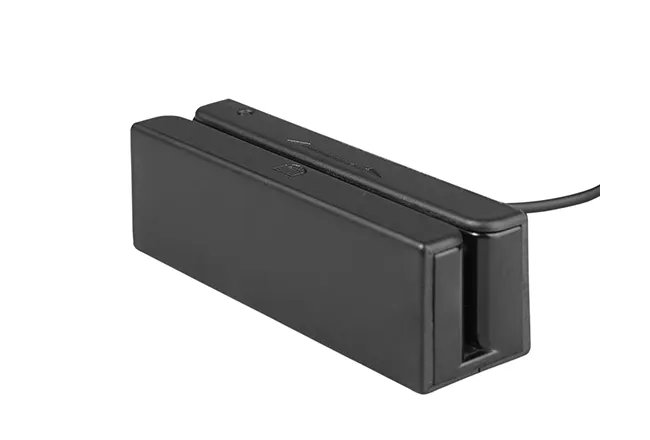
Tianteng's twenty-four-year track record underscores the point. From its founding in 2001, the company has shipped magnetic stripe modules to 126 countries, refining each generation for better dust sealing, higher read speed, and lower power draw. The TTCE-RX280 embodies those lessons. Integrators appreciate the RX280 for its install-once, run-forever reliability. As merchants phase in new features - chip acceptance today, contactless pads tomorrow - the reader delivers a stable swipe option that keeps checkout seamless. Rather than outdated hardware, the magnetic stripe swipe card reader is proven infrastructure that connects past, present, and future payment innovations.
❓ Why the stripe will stay in the ecosystem
- Acts as a universal backup when premium modes fail
- Serves price-sensitive markets where new hardware is prohibitive
- Supports mixed-mode terminals that process stripe, chip, and NFC together
- Leverages a vast installed base and decades of field knowledge
Ready for a Reliable Swipe Solution?
Companies that need reliable and budget-friendly payment hardware can choose the TTCE-RX280 magnetic stripe swipe card reader with complete confidence. Its small footprint, international standards compliance, and flexible customization options make installation effortless. Reach out to Tianteng to explore tailored solutions for your retail, transport, healthcare, or self-service setup - and keep every payment flowing smoothly.

